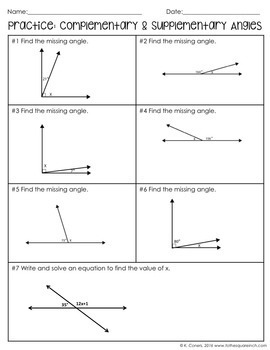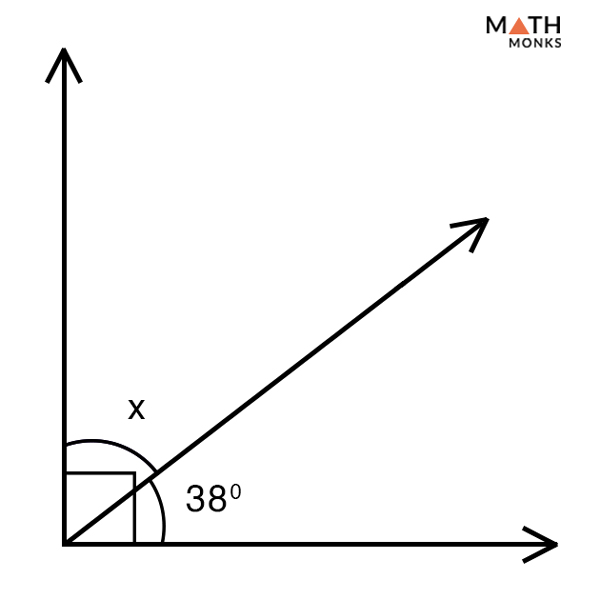

When it intersects the middle line, it forms 4 angles. The top angle is labeled 1 and the bottom angle is labeled 2. 3 lines intersect and extend from one point forming 2 angles. Artists use their knowledge of angles to sketch portraits and paintings. Complementary and Supplementary Angles- Assignment.Carpenters use angles to make chairs, tables and sofas.Athletes use angles to enhance their performance.Engineers and architects use angles for designs, roads, buildings and sporting facilities.Since the numbers will always add up to or (multiples of ten) this is a problem where it is possible to practice the "missing addend" approach to subtraction. SWBAT: Recognize complementary and supplementary angles and prove angles congruent by means of four new theorems.Knowledge of the vocabulary words complement and supplement are needed in addition to the arithmetic operation of subtraction. One angle is given and the student is asked to find the measure of the other angle. Find the supplement to the given angle: This problem provides a picture with a straight angle cut into two adjacent angles.Find the complement to the given angle: This problem provides a picture with a right angle cut into two adjacent angles.There are two types of problems in this exercise: This exercise introduces complementary and supplementary angles. The topic Complementary and supplementary angles appears under the 7th grade (U.S.) Math Mission, 8th grade (U.S.) Math Mission, High school geometry Math Mission and Trigonometry Math Mission. So remember that when you're trying to evaluate your problems that supplementary sum to 180 degrees or they're linear and complementary angles sum to 90 degrees.7th grade (U.S.) Math Mission, 8th grade (U.S.) Math Mission, High school geometry Math Mission, Trigonometry Math Mission So notice that for a supplementary and for complementary you can't say that five angles are complementary but we're always talking about pairs or two's. You can put this solution on YOUR website There are no commonly recognized symbols that designate complementary and supplementary angles. Now, a supplementary pair could be angle 4 and angle 5 which are adjacent and they are linear.

So complementary angles could be angles 1 and 2. Here we have five angles 1, 2, 3, 4 and 5 and we're told that this angle 3 is 90 degrees, now one thing that you can assume is that 1, 2 and 3 are all linear, so if you add up 1, 2 and 3 it would be 180 degrees, which means that 1 and 2 must also sum to 90 degrees so I could label this as a right-angle. Let's look at a specific example where you might be asked to identify supplementary angles and complementary angles. The same is true for complementary angles. But I could also say if we had some angle here that we said three and let's say 3 was equal to 60 degrees and I had some other angle over here, let's say angle four was equal to 120 degrees, I could say that these two angles three and four are supplementary because they sum to 180 degrees. Supplementary angles are those whose measures add up to 180 degrees. So supplementary angles could be adjacent so if I had angles one and two those two would be supplementary. When the measures of two angles add up to 90 degrees, they are called complementary angles. And I noted here that these do not have to be adjacent. Objectives: G.CO.1: Know precise definitions of angle, circle, perpendicular line, parallel line, and line. Supplementary angles are two angles whose measures sum to a 180 degrees and complementary are the sum have to add up to 90 degrees. 1-4A Complementary and Supplementary Angles. Two concepts that are related but not the same are supplementary angles and complementary angles. Designed by math instructional specialist Emily Kern, this video on Complementary and Supplementary angles presents middle school level concepts in real world terms - ending with three successful.


 0 kommentar(er)
0 kommentar(er)
